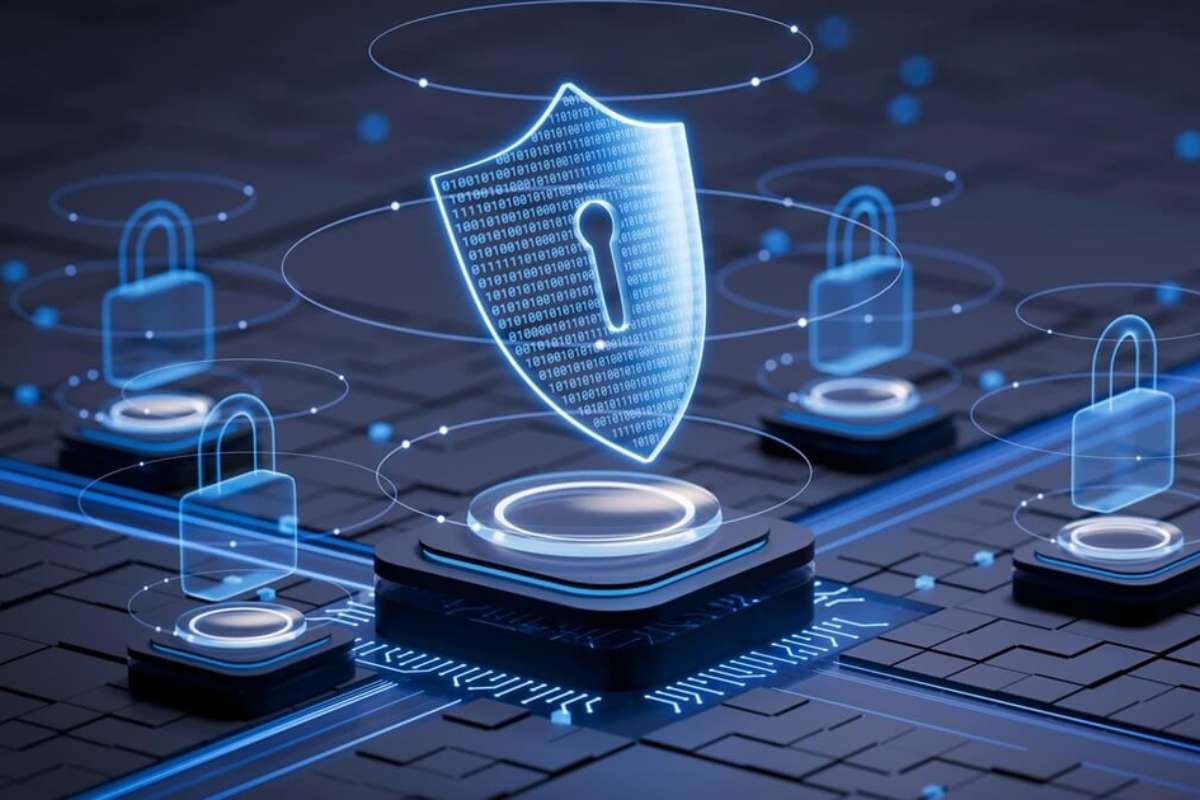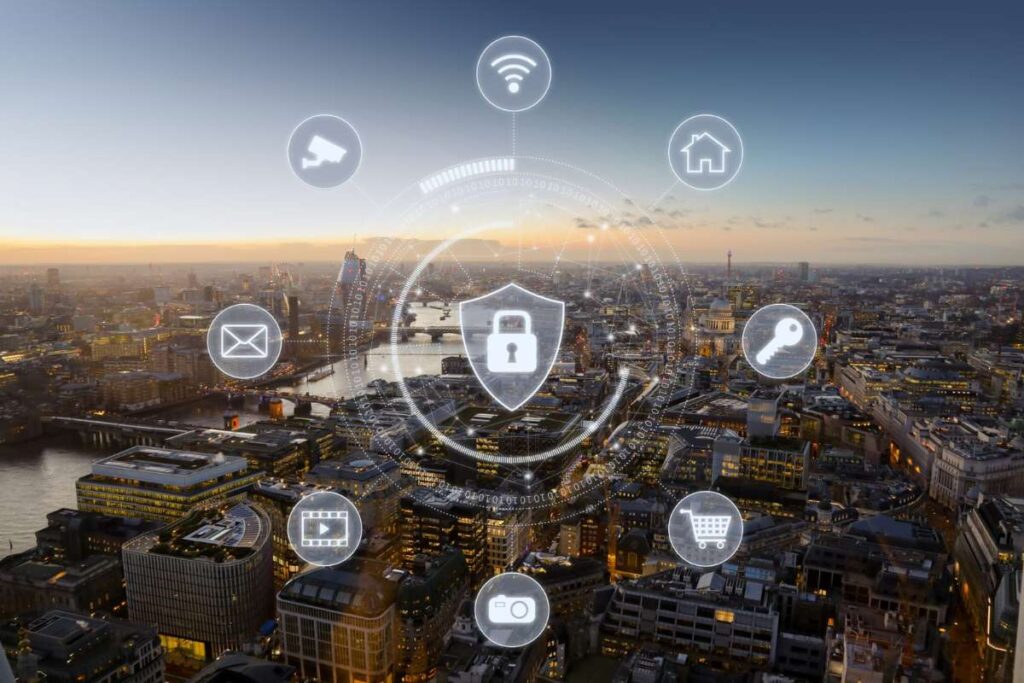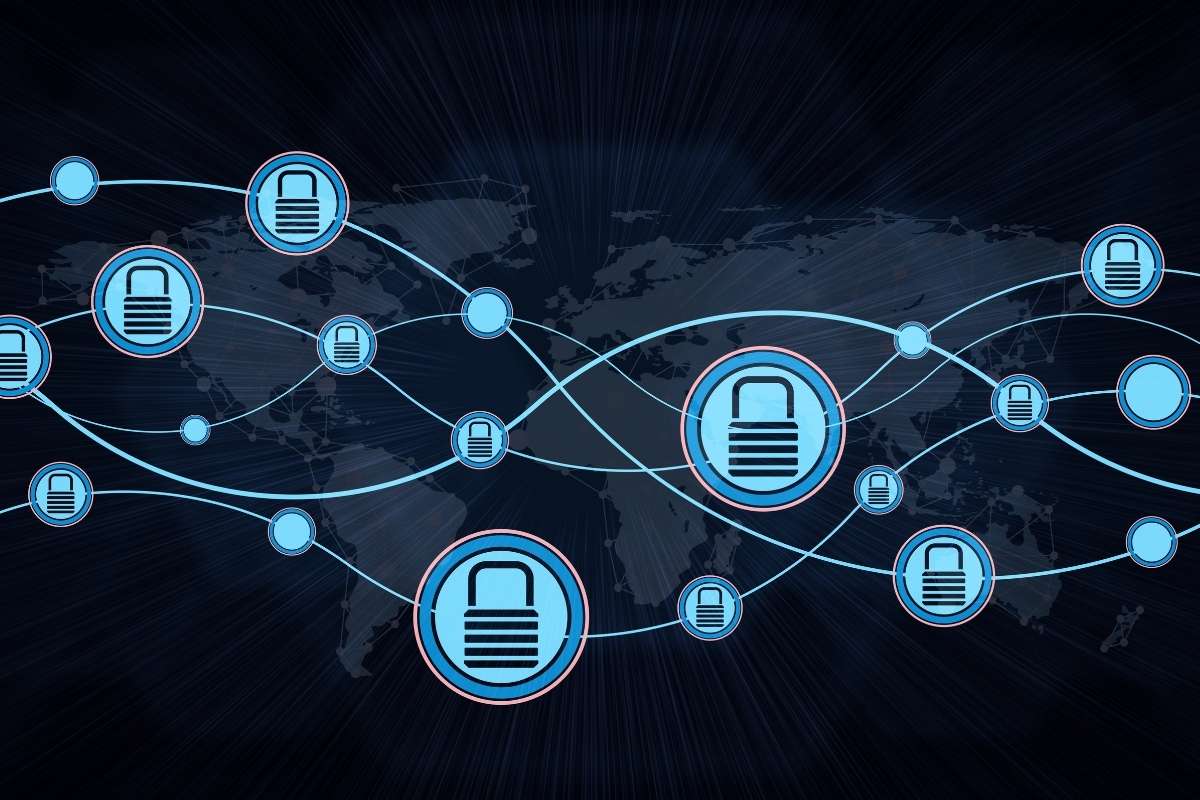The Urgent Need to Upgrade Legacy Systems
As cyber threats grow in sophistication and global regulatory frameworks tighten, organizations are being urged to prioritize the modernization of legacy systems as a critical cybersecurity initiative for 2025 Cybersecurity Roadmap. Outdated technologies—many of which are still integral to business operations—are increasingly viewed as weak links in enterprise security infrastructure. According to recent data from Kyndryl Bridge, an estimated 44% of mission-critical components such as servers, storage networks, and operating systems are either nearing or have reached the end of their lifecycle.
These aging systems are ill-equipped to handle today’s evolving threat landscape, making them vulnerable to cyberattacks and exposing companies to operational inefficiencies and compliance risks. Security experts emphasize that beyond patching security gaps, modernizing legacy systems enhances organizational resilience, improves performance, and positions businesses to better respond to future challenges. Among all critical assets, application servers are being singled out as a top priority due to their central role in hosting key digital business operations.
Application Servers at the Heart of Security Modernization 2025 Cybersecurity Roadmap
Legacy application servers present unique risks. These outdated systems often lack current cybersecurity patches and fail to support modern protective protocols, making them susceptible to sophisticated exploitation. Even with firewalls and other defensive measures in place, unsupported application servers can become easy targets for hackers. The situation worsens when these servers rely on obsolete open-source components, leaving organizations responsible for managing vulnerabilities without vendor support.
Beyond the security concerns, legacy systems also pose serious compliance issues. Many outdated application servers are unable to meet the requirements of new cybersecurity regulations, such as the European Union’s Cyber Resilience Act (CRA), which mandates digital products with remote data processing to be secure by default. As businesses aim to stay in line with such regulatory changes, securing and modernizing application servers becomes both a strategic and legal necessity.
Investing in the modernization of application servers not only strengthens cybersecurity but also contributes to operational continuity. However, the transition can be complex and resource-intensive. It requires a deliberate strategy, a reliable provider, and a solution that supports ongoing security updates and regulatory compliance.
Building a Secure Future Through Strategic Migration 2025 Cybersecurity Roadmap
Though challenging, migrating from legacy application servers to modern solutions can deliver significant long-term benefits. A successful transition requires careful planning, including a comprehensive review of current systems, project scope, and potential risks. Partnering with a middleware provider that offers strong support, clear service-level agreements (SLAs), and robust migration tools is essential.
Key to a smooth migration is the creation of a detailed roadmap tailored to the organization’s infrastructure. This plan should outline clear goals, address system dependencies, and provide a timeline for execution. Strong technical support during the process helps maintain stability and reduce downtime, ensuring that mission-critical applications remain functional throughout the transition.
Once complete, organizations can expect stronger cybersecurity defenses, improved compliance, and enhanced scalability. Modern application servers enable integration with cloud platforms and adoption of advanced architectures like microservices. Ultimately, by modernizing legacy systems, companies not only bolster their security posture but also future-proof their operations—laying the foundation for innovation and sustained competitiveness in a rapidly evolving digital world.






